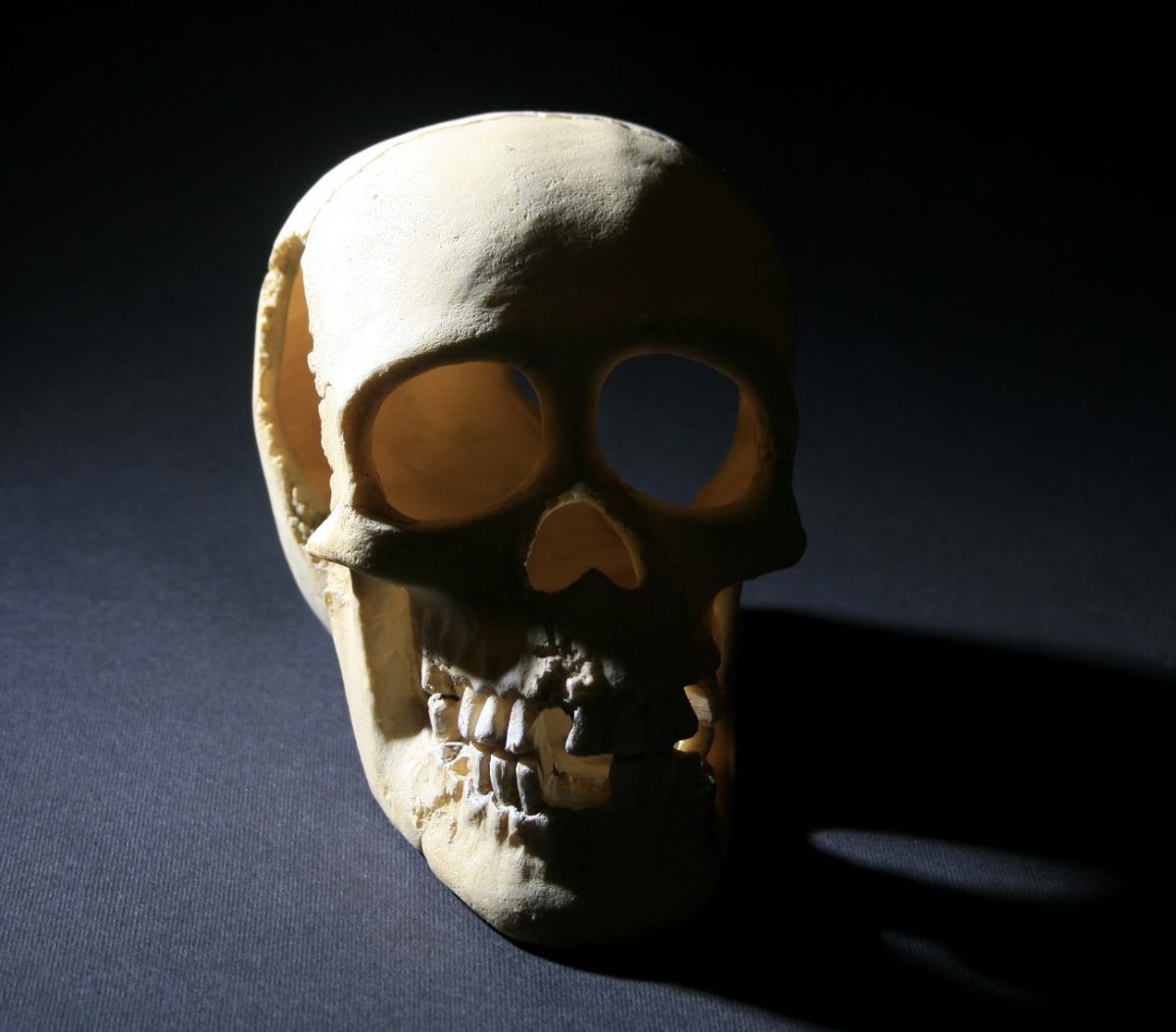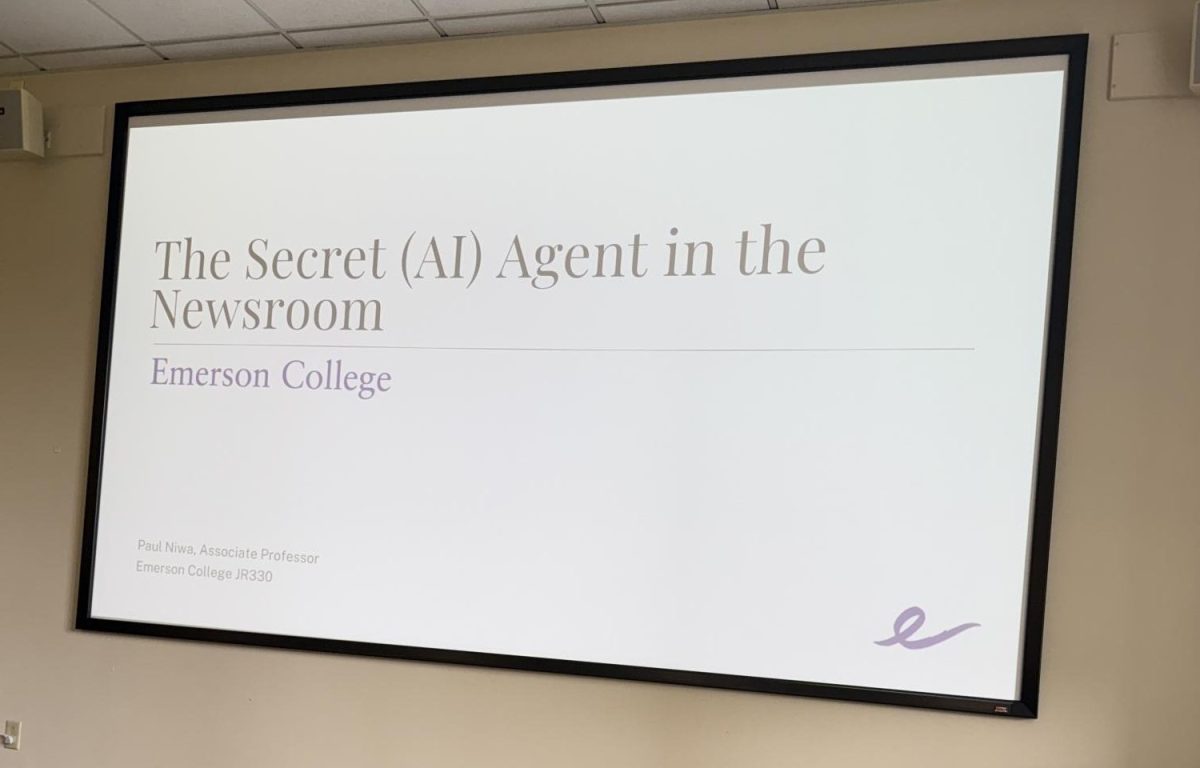When you think about humans as a whole nowadays, we seem unstoppable. We have natural predators, cures for diseases, and we are the smartest animals on this earth. It doesn’t seem possible that a mere drought could cause our entire population to go extinct, but around 800,000 years ago, it almost happened. During this time the human species experienced a bottleneck effect. This is where a population experiences a rapid decline in numbers and genetic diversity. The suspected cause of this bottleneck is a long period of global drought and cold temperatures. The bottleneck is estimated to have decreased the population to about 1,200 breeding individuals. That means that at one point, there were only 1,200 humans alive and reproducing.
We know most of this information from the lack of fossil records from this period, and also from gene sequencing. With this we can infer lots of information about ancient populations. From the data scientists have collected, they have estimated that the bottleneck lasted for about 100,000 years. The population crash has also been thought to be a cause of the rise of the Neanderthal species. Before the bottleneck, the population was about 90,000 breeding individuals. This means there was about an 87% decrease in our population. While all of this data cannot be proven to be 100% correct, it is still scary to think that humans were so close to extinction.
















